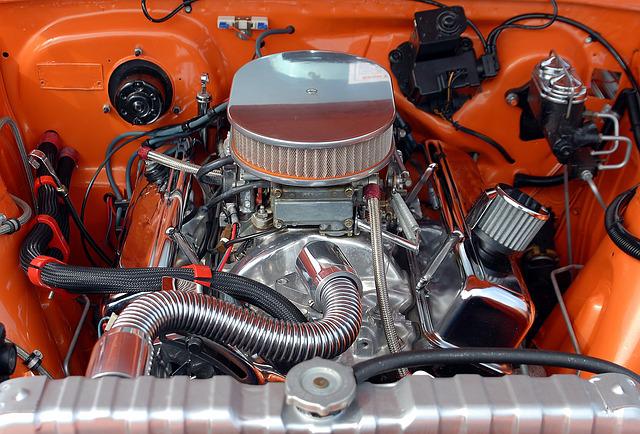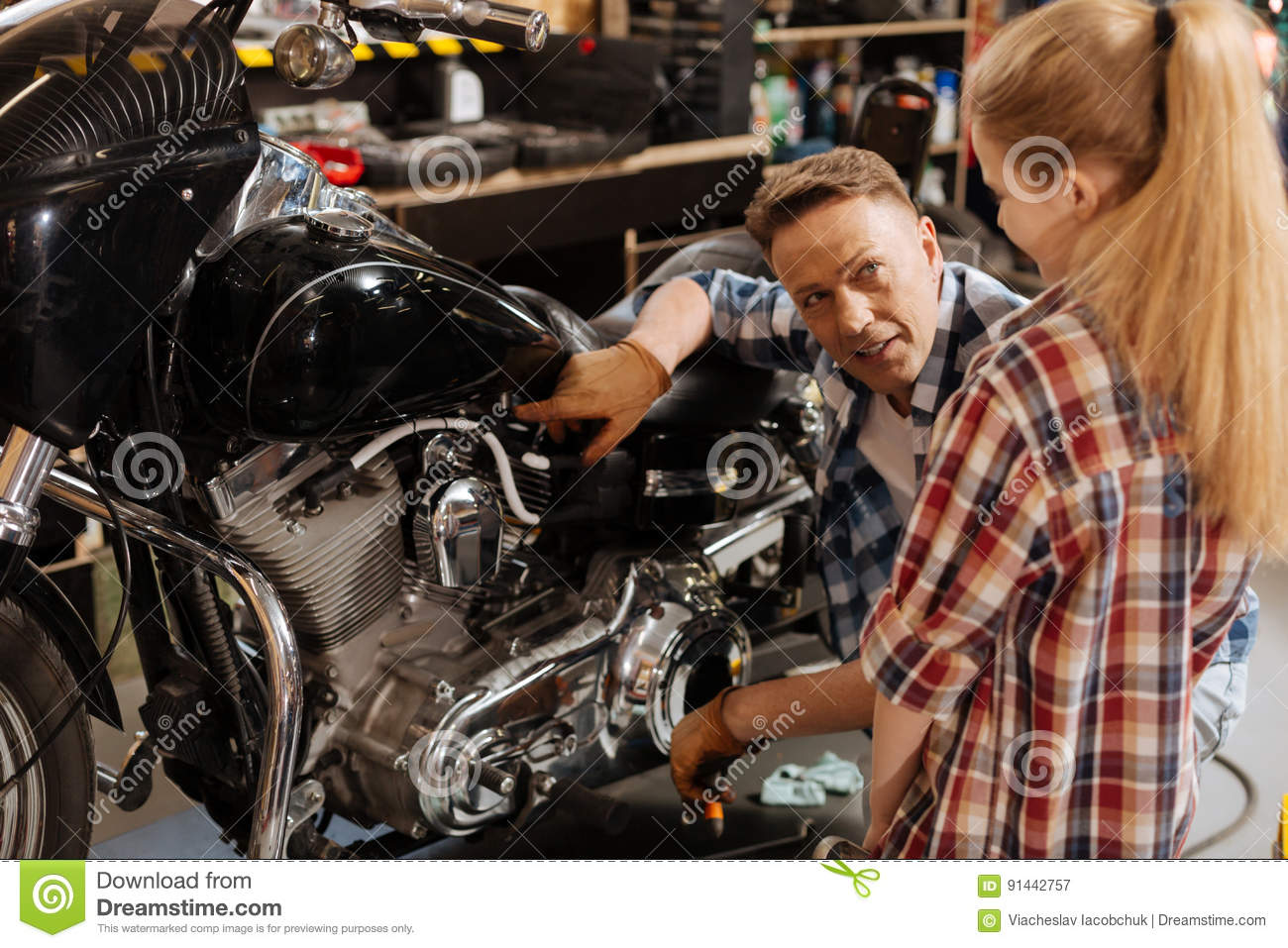
There are many things you need to know about car batteries maintenance. Here's how to clean and check the battery. Make sure that you clean the battery's terminals and avoid using baking soda, which can lead to corrosion. Clean the battery's case, and check the date code. Also, avoid excessive heat. And remember to drive the car at least three times a week to keep it in good condition. While it might take some time, the difference between a healthy and a dead battery will amaze you.
Clean battery terminals
First, disconnect the cables from both the positive and the negative terminals of the battery to clean them. Remove the positive and negatively clamps from each battery separately. Some battery cables are secured to posts by bolts. You may need special tools or pliers if you have corroded or excess corrosion. You should thoroughly clean the terminals before connecting the cables again. You should then apply a layer oil jelly or protective grease to the terminals.
To remove corrosion, you can use a solution of baking powder and water to dissolve it. The solution should be very dilute and should remove heavy corrosion from the battery. Alternatively, you could use a specialized cleaning solution for your battery terminals that can be applied with an electric brush. This type of cleaner is often aerosolized and can be used on battery cables as well. Using this method, it is advisable to wear protective gloves while performing this task.

Avoid extreme heat
Avoid heat in order to extend the life span of your car's batteries. You can do this by keeping your battery fully charged, storing it in a cool area when not in use, and parking in the shade. In hot weather, it's a good practice to clean the battery regularly and test it. A battery that is designed for warmer environments has a higher electrolyte–to-lead ratio. It's better suited for high temperatures.
The battery can also be damaged by excessive heat. Corrosion can weaken the battery's ability hold a charge, and can result in malfunctioning charging systems. Excessive heat will eventually destroy your car's batteries. The corrosion process is also accelerated by hot batteries. This can reduce the battery's lifespan and decrease its capacity. You should check your battery frequently to make sure there are no signs of corrosion.
Clean battery case
The first thing you should do when your car battery needs to be in top condition is to clean its battery case. A dirty battery box can lead to all kinds of problems from premature drain to cracks, leaks, and more. It can also hide other damage from the battery, such as bulges or freezing. The battery's life will be significantly extended if the case is clean. Here are some tips for keeping your battery case in pristine condition:
To remove corrosion traces, use a wire brush and an old toothbrush. As this could lead to corrosion, you should avoid removing any lead from the terminals. Finally, rinse off the case with clean water, then dry it with a rag. Use a cleaning agent if you have any remaining residue. After cleaning the case, you can apply petroleum jelly and other protective coatings.

Check the date code
To find out how to maintain your car’s battery, check the date code. Many batteries come with a warranty stating when they need replacement. The date code is found on the top of the battery and represents a two-digit number and a letter. The number signifies the expiration date of the battery in the months and years. If the code indicates "A" and "B", it is important to replace the battery before the warranty expires.
Car batteries can have different date codes depending on their manufacturer. Some batteries indicate the manufacturing date, while others show an "in-service" date. The battery date can sometimes be confusing and hard to understand. If the date code on a battery says "2014", it is likely that it was manufactured in December that year. To determine the expiration date of a warranty, manufacturers will also place the date on the battery. If your battery is older than two years, you can still use it, but it might not hold a charge like it did when it was new.
FAQ
Is it hard to be a mechanic apprentice?
It's not easy, however, it is very rewarding and offers many opportunities for growth.
You must be patient and persistent. You should also be able to repair cars, trucks, and motorbikes.
Customers and relatives can exert a lot on you. However, you shouldn't be forced to make difficult decisions.
This could be an excellent career choice for someone who enjoys fixing cars. It is a job you can get a decent salary for and help build your business.
Perhaps you prefer a different route. Consider becoming a technician.
This could involve using your technical knowledge to support other employees. You might be able to assist technicians in troubleshooting problems or teach them new techniques.
Another option is to become an advisor in service. When customers bring their cars into a garage, they will receive advice and assistance.
The decision you make will depend on what you are looking for. There are many options and you have the ability to choose the one that is right for you.
What is the length of an apprenticeship as an automotive mechanic?
An automotive mechanic apprenticeship takes around three years to complete. The apprenticeship includes two years studying at school and two more as an apprentice. The first year is dedicated to learning the theory and practical skills of the trade. You'll also learn how tools can be used safely and efficiently during this year. You'll spend the second year in on-the-job training, where you will gain experience in various trades. These are also the times you can attend formal courses.
The last year of the program is dedicated to gaining certification and qualifications in the field. These include NVQs (National Vocational Qualifications), which are awarded after passing exams covering specific topics within the industry. There are also HNCs (Higher National Certificates), which cover general subjects like management, business administration, customer service, and more. Finally, there are City & Guilds certificates that are offered for those who wish to become qualified in certain trades.
How long does it take to become a good mechanic?
You need to have years of experience and practice before you can become a master mechanic. You can learn the most effective way to fix cars by learning from a professional mechanic.
You'll have to spend time at a garage learning all you can about cars and mechanics. You will need to read books on mechanical engineering and car design.
And you'll also need to attend auto school.
It's crucial to start as soon as possible. Don't wait until you're older to begin studying automotive technology. You can get certified as a mechanic by getting started right away!
Statistics
- According to the BLS, total auto technician employment is expected to exceed 705,000 by 2030. (uti.edu)
- According to the BLS, the median annual salary for automotive service technicians and mechanics in the United States was $44,050 in May 2020. (uti.edu)
- 52% of Mechanics in the United States think their salaries are enough for the cost of living in their area. (indeed.com)
External Links
How To
How to properly diagnose your vehicle for repair
To determine if your car needs repairs, you should first look at the symptoms that your car presents. Follow these steps to properly diagnose your vehicle.
-
Check engine lights. You should inspect the dashboard lights, such as the engine light indicator and the oil pressure gauge. Also, check the battery light indicator. If they have been flashing for more days than usual, it could be a sign that something is wrong with the vehicle.
-
Inspect the tire treads. Tires can become worn and cause problems in handling and braking. You should also inspect the wheel treads. They should be smooth and clean. You can do this by taking off the wheels. A flashlight can be used to check how worn the treads are.
-
Monitor the level and consistency of your brake fluid. You must always monitor the level of your brake fluid. This will ensure your brakes function properly. If your brake fluid level is low they might not work properly when you apply pressure.
-
Check the suspension system. Most vehicles have a suspension system that absorbs shocks and vibrations. It allows for better control, smooth acceleration, and deceleration. You might notice a wobbly feeling or uncontrollable shaking in your vehicle if it has a problem with its suspension. If you are unsure if your vehicle is suffering from a suspension problem, put weight on the front and rear axles to check the movement.
-
Examine your steering column. The steering columns are what connect the steering knob to the rest. Steering columns can be damaged by accidents. You should replace the steering column if it is loose or weak.
-
Pay attention to the exhaust pipe. The exhaust pipe helps move gases from a combustion chamber into the atmosphere. If the exhaust pipe is damaged or leaks, harmful fumes can enter your cabin. It is also important to repair any bends in your tailpipe immediately.
-
Take a look at the underside of your hood. To check for unusualities, look under the hood. You could have fluids leaking from the engine. A professional technician should be contacted if your engine compartment emits an unusual smell.
-
The air filter should be checked. Your vehicle's air filter collects dust and debris from the outside environment. A dirty air filter causes your vehicle to run poorly. Replace your air filter regularly.
-
The fan belt should be checked. The fan belt that connects your vehicle to the transmission is called the engine fan belt. If it breaks, the engine won't turn over. The process of replacing the belt is straightforward. You will need a screwdriver, pliers and a pair of pliers.
-
The radiator hose and hoses should be checked. The radiator hose carries water from the radiator to the engine. If the hose becomes damaged or cracked, hot liquid can be emitted onto the engine. The hose can be repaired with a pair or needle-nosepliers, and a wire brush.
-
Make sure you have the windshield wipers checked. Windshield wipers use electricity for snow and rain removal. If they stop working, streaks could be left on your glass. You can fix the problem by changing the washer fluid.
-
Check the battery cables. The battery cables supply power to your car's electrical systems. Before you change batteries, disconnect the positive cable. Failure to do so can damage your alternator.
-
Check the headlights. The headlights provide illumination for the road ahead. They can make it difficult to see if they stop working. You can check the bulbs to make sure they aren't burned out.
-
Check the lights. You can warn other drivers if you approach them at night. It could cause distraction and even lead to an accident if it doesn't work.
-
Check your brakes. Brakes will reduce the speed of your car in case of an accident. If they aren't working correctly, you could lose control of your car and crash.
-
Change the oil. Your engine will stay lubricated by the oil. It helps keep metal parts from getting too worn down. It is recommended to change the oil once a month.